The exhibition "Donna in Scena (Woman on Stage): Boldini, Selvatico, Martini" has been inaugurated at the Santa Caterina Museum in Treviso, and it will be open until July 28, 2024. Strongly supported by the Municipal Administration and the Civic Museums of Treviso, whose director Fabrizio Malachin is also the curator of the exhibition, and sponsored by the Prosecco Doc Consortium, the exhibition project offers a true immersion into an era where women, particularly those belonging to a wealthier elite, decided to become absolute protagonists of the social scene.
At the center of the stage are certainly the portraits and the exalted beauty of women showcased in splendid garments, but the exhibition is also a celebration of painting and those artists who best interpreted this genre. Giovanni Boldini is probably the most famous name, along with the "Italians of Paris" Giuseppe de Nittis and Federico Zandomeneghi, but absolute protagonists also include Venetian artists such as Lino Selvatico (born in Padua in 1872 and referred to as the "Venetian Boldini"), Alberto Martini (born in Oderzo in 1876), and Giulio Ettore Erler (born in Oderzo in 1876).
The exhibition aims to reintroduce these great painters to the general public on the 100th anniversary of the death of Lino Selvatico and the 60th anniversary of the death of Giulio Ettore Erler, both of whom passed away in Treviso, respectively in 1924 and 1964. The exposition indeed stems from a significant enrichment of the civic museum heritage - the donation and deposit of the rich Selvatico collection at the Institute - developing a narrative around the extraordinary paintings gathered for the occasion, as well as through objects, accessories, and period clothing.
The exhibition journey begins precisely with the self-portraits of the three great Venetian protagonists: Lino Selvatico (on the left in the photo), Alberto Martini (in the center), and Giulio Ettore Erler (on the right).
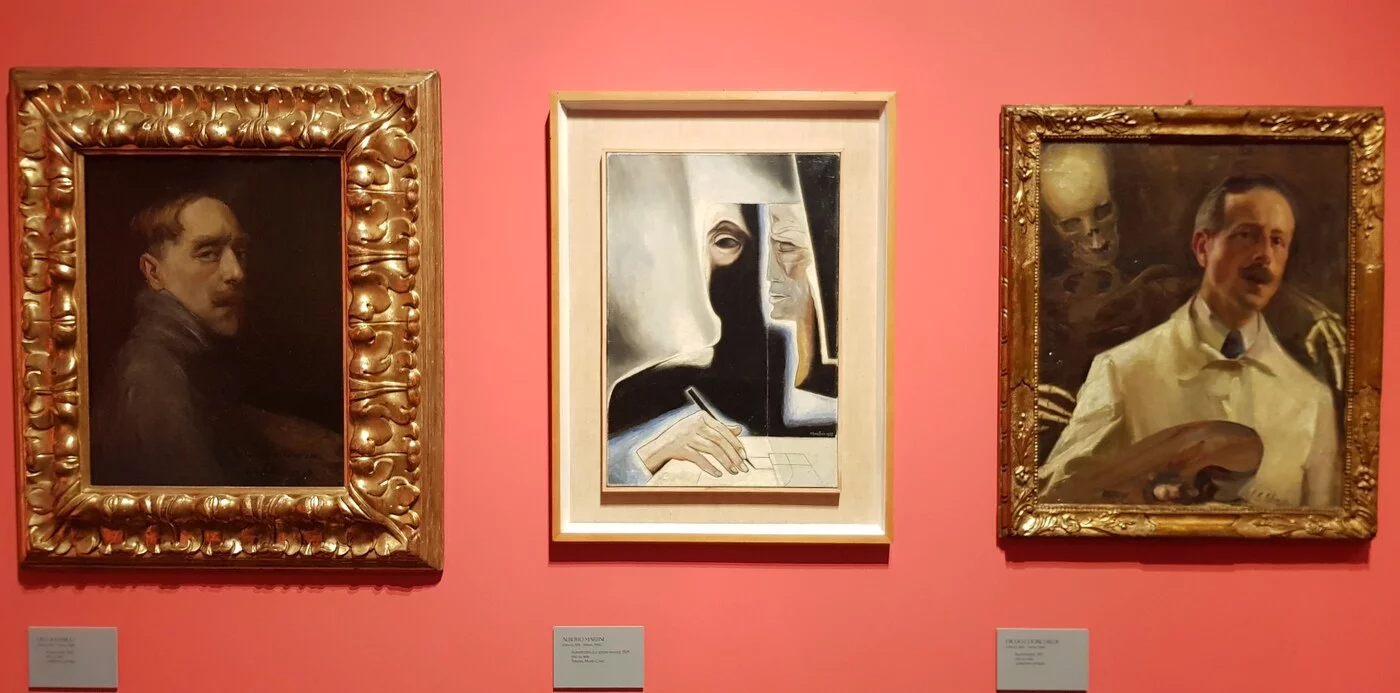
It continues with a series of thirteen rooms, arranged on three floors for a total exhibition area of 800 square meters, each focusing individually on different themes.
It starts immediately with a glimpse into the fashion of the era, featuring accessories such as fans, hats, and handbags, along with the display of some garments, before captivating the visitor with the first astonishing portraits of women: with horses and dogs, on bicycles or in carriages. Immediately capturing attention are "Portrait of Countess Calzavara" by Giulio Ettore Erler from 1911, and "Amazon" from 1906 by Ettore Tito.... read the rest of the article»
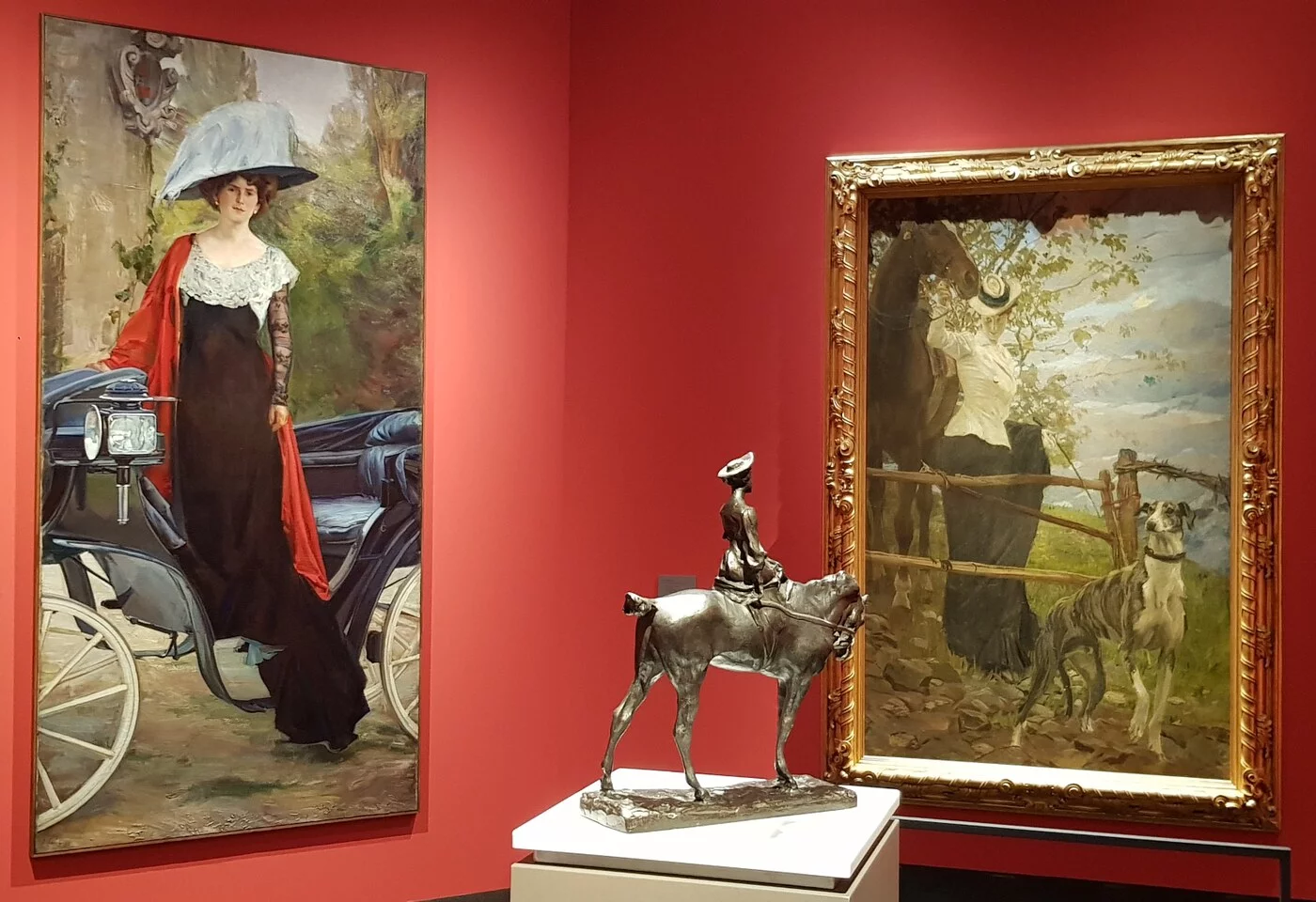
From left: Giulio Ettore Erler, RItratto della Contessa Calzavara, Musei Civici di Treviso e Ettore Tito, Amazzone, 1906 ca, Museo delle Raccolte Frugone, Genova. Al the center una scultura di Umberto Feltrin, Musei Civici
In the first part of the exhibition, there is also a space dedicated to sensuality through nude paintings and more unique subjects, emphasizing once again the pursuit of emancipation, such as the portrayal of women smokers.
Speaking of women's claims, it must be said that at the time they were still viewed with a certain irony, at least by some. Take, for instance, the large canvas by Saporetti, detailed at the beginning of the article, which a magazine of the time described as follows:
"Women's emancipation, a gathering of women dealing with the big issue! But a mouse suddenly popping out of the wall terrifies them: agendas, notes, inkwells, everything is turned upside down. The women run away, jump onto chairs, scream. A huge and well-drawn picture."
On the upper floors, the exhibition delves deeper with the painting chosen as the symbolic image of the exhibition, "Portrait of Wally Toscanini" by Alberto Martini, from a private collection, several paintings by Giovanni Boldini, and a large hall dedicated to the "divas".
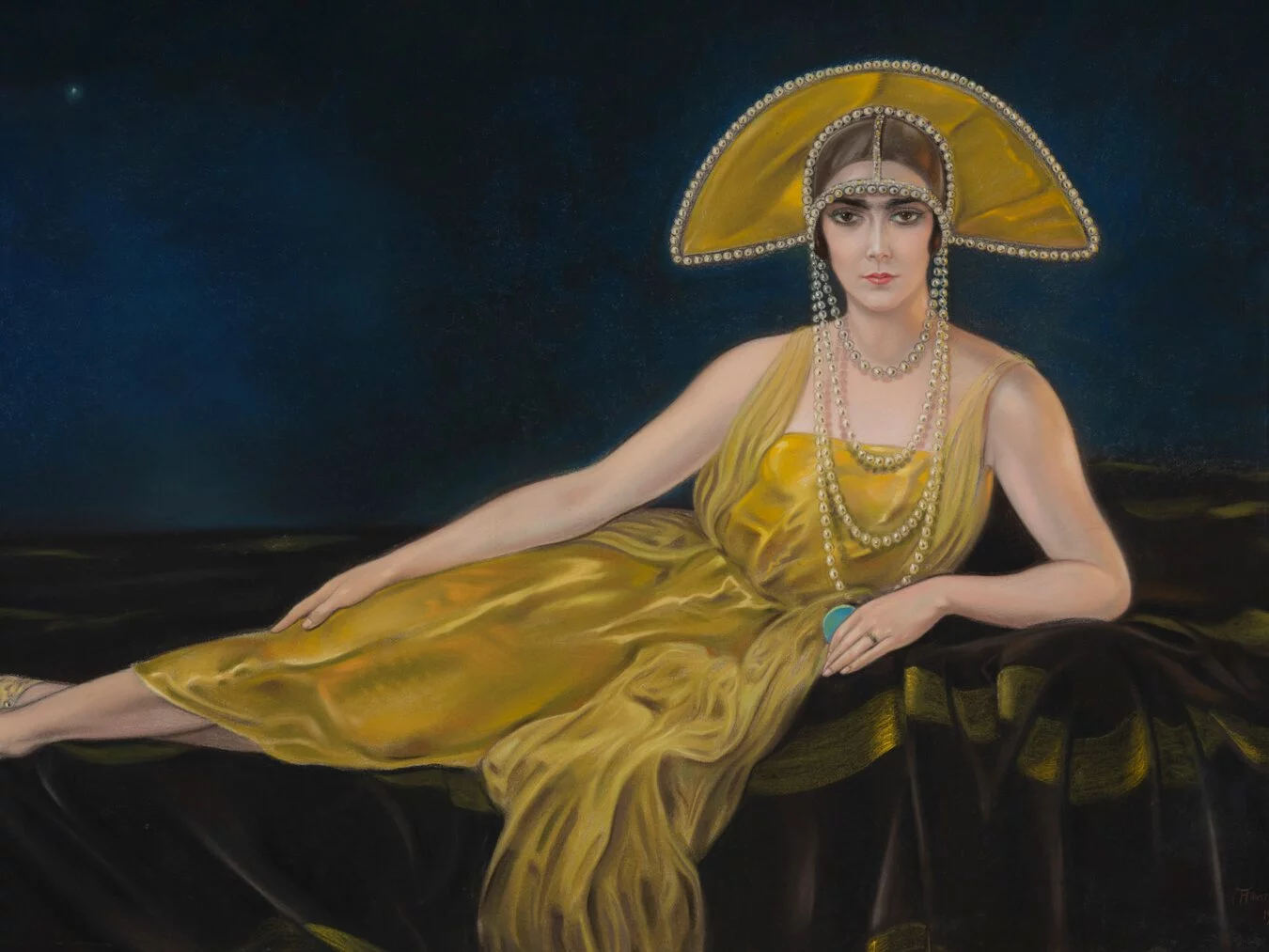
Alberto Martini, RItratto di Wally Toscanini, collezione privata
The space dedicated to the grand portraits of women and figures from the world of entertainment opens with a splendid painting by Giacomo Grosso, "Portrait of the Actress Virginia Reiter," from 1896, an oil on canvas measuring 245x177cm, from the GAM in Turin. Other protagonists include "The Dancer Rita Sacchetto," portrayed by Lino Selvatico, an equally monumental oil on canvas (216x119cm) from 1911, on loan from a private collection; the "Portrait of Lina Cavalieri," circa 1905, a large oil on canvas (245x123.5cm) by Cesare Tallone, from a private collection; and finally "Margherita Gauthier" (the protagonist of the novel by Dumas the Younger "The Lady of the Camellias" and of "La Traviata" by Verdi), painted in 1890 by Eugenio Scomparini, from the Revoltella Museum in Trieste.
Also on display is John Lavery's painting, "Polymnia," circa 1904, from the Galleria d'Arte Moderna e Contemporanea in Rome, representing international painters and female portraiture featured at the Venice Biennale of 1905.
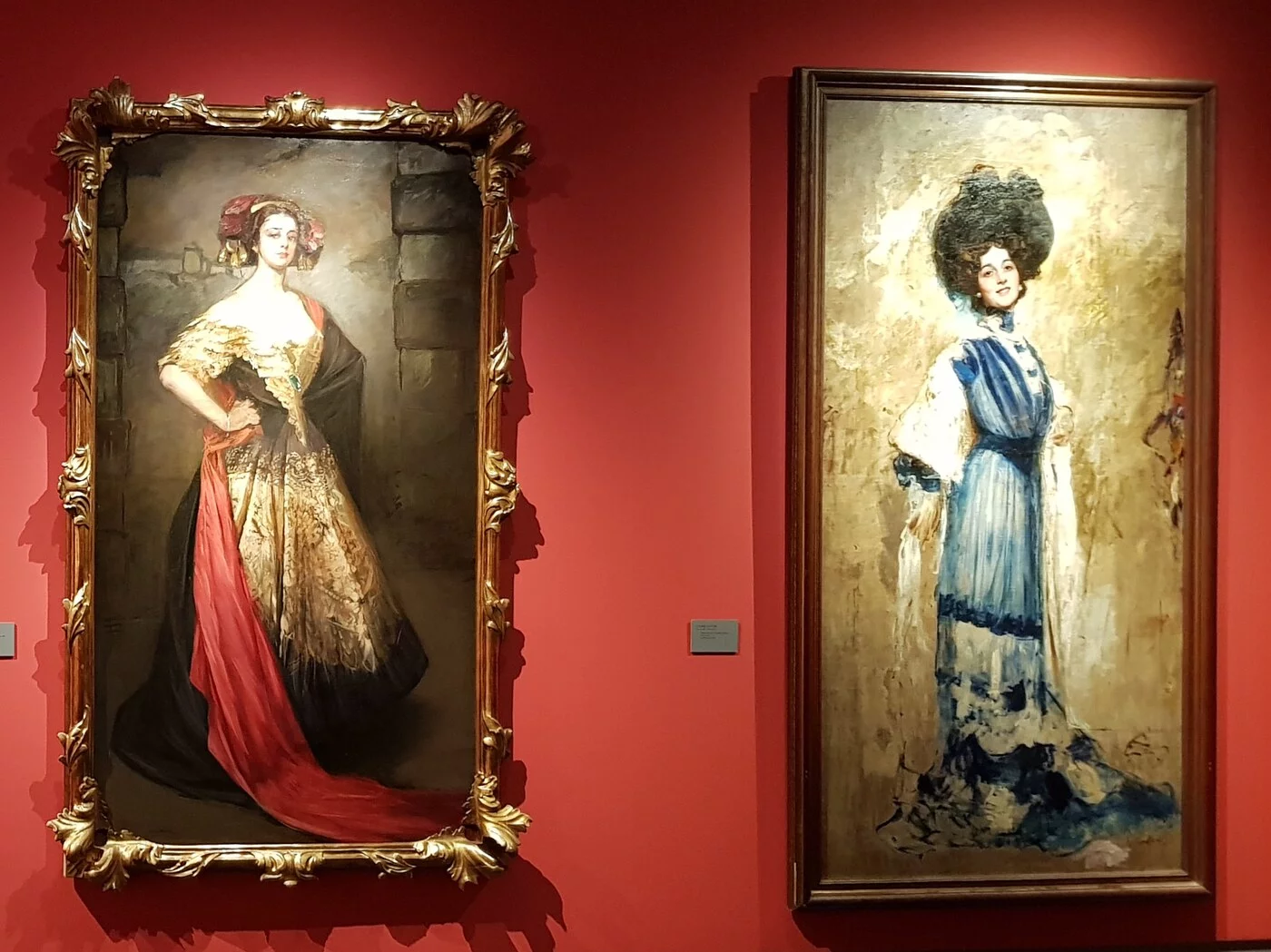
On the left: Lino Selvatico, La danzatrice Rita Sacchetto, olio su tela, 216x119cm, 1911, collezione privata. On the right: Cesare Tallone, Ritratto di Lina Cavalieri, 1905ca, olio su tela, 245x123,5cm, collezione privata
Impossible not to be fascinated by these images, for the beauty of the painting and the subjects portrayed, which deserve careful observation of the many details of the clothing, colors, and faces of the protagonists. But there is still much to see on the third and final floor where the exhibition unfolds.
Here we find rooms dedicated to particular focuses, such as the relationship between women and mirrors, again female portraits accompanied by a dog, or by exotic animals like a monkey (a status symbol of the family's wealth). There are also unpublished portraits by Lino Selvatico restored for the occasion, and finally a last space dedicated to Joséphine Baker, featuring a wooden sculpture by Eugenio Perocco "Portrait of Joséphine Baker," on loan from a private collection. The same author's sculpture of Eleonora Duse is also on display at the exhibition.
And at the end of the journey, a surprise awaits. In a small room, visitors are invited to share their personal impressions of the exhibition. The testimony will be recorded and may be used to promote the exposition.
In conclusion, we can say that "Donna in Scena: Boldini, Selvatico, Martini" is an exhibition in which feminine beauty and the unique style of an unrepeatable era take center stage. It's also a project that will succeed in bringing to the knowledge of the general public, especially the Venetian and Treviso public, the extraordinary artists born and raised in this land, who through their works make us relive the atmosphere and spirit of the time even in a territorial context far from the great metropolises and from that Paris that is in everyone's imagination when thinking about the transition between the nineteenth and twentieth centuries and the Belle Époque.
In this regard, it is obligatory to mention that in these same days, the Veneto region hosts two other major exhibitions dedicated to the same historical period, in this case, from the perspective of France and Paris. These are "From Monet to Matisse: French Moderns 1850–1950" at Palazzo Zabarella in Padua, and "Henri de Toulouse-Lautrec" at Palazzo Roverella.
For all other information about the Treviso exhibition, continue reading the dedicated presentation.
Antonio Giuliani
Pubblicato il April 13, 2024
Itinerarinellarte.it
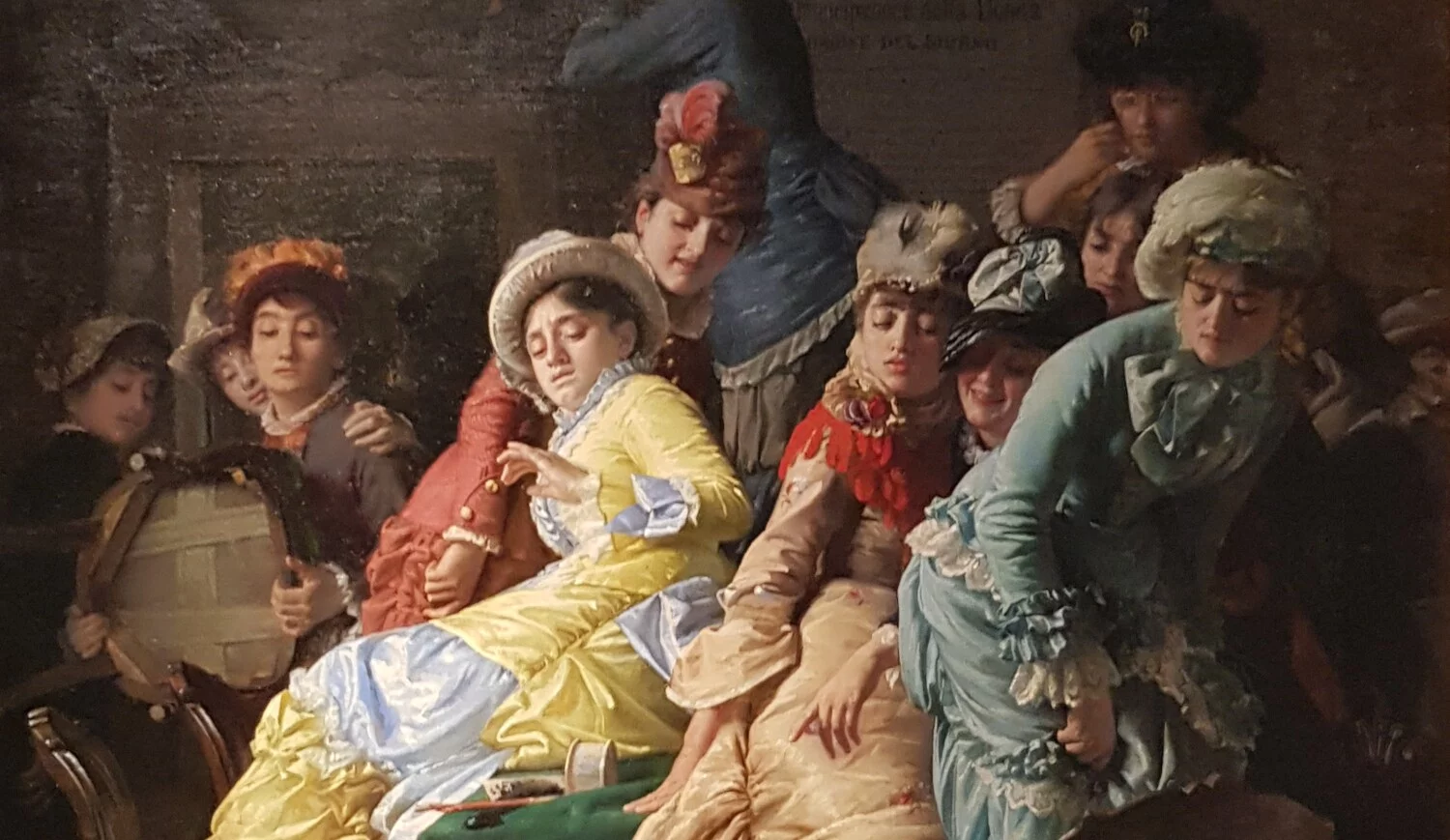
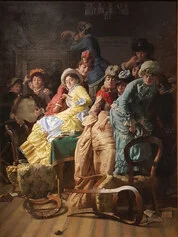
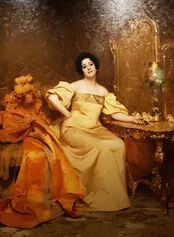
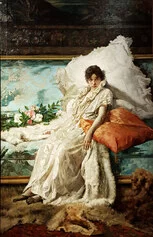
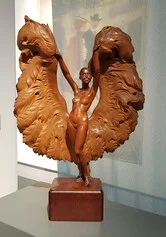
 itinerarinellarte.it è un sito che parla di arte in Italia coinvolgendo utenti, musei, gallerie, artisti e luoghi d'arte.
itinerarinellarte.it è un sito che parla di arte in Italia coinvolgendo utenti, musei, gallerie, artisti e luoghi d'arte.